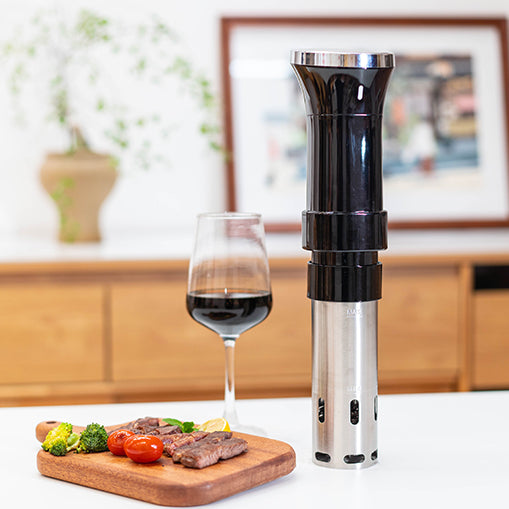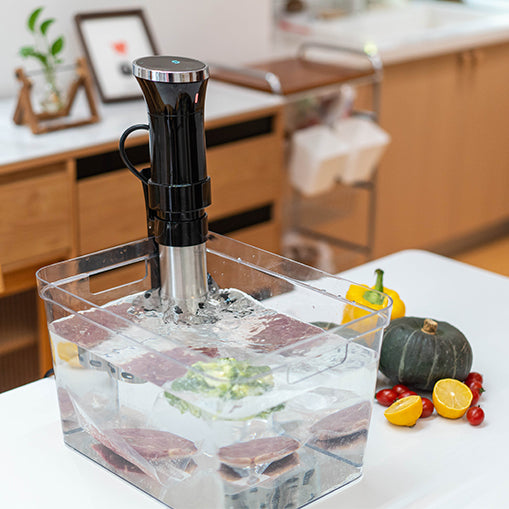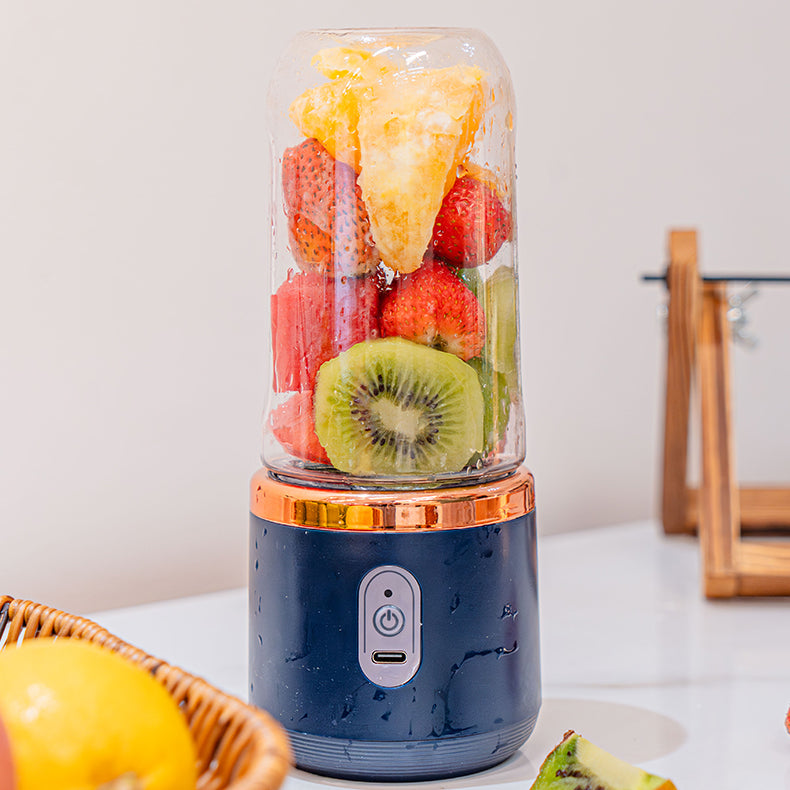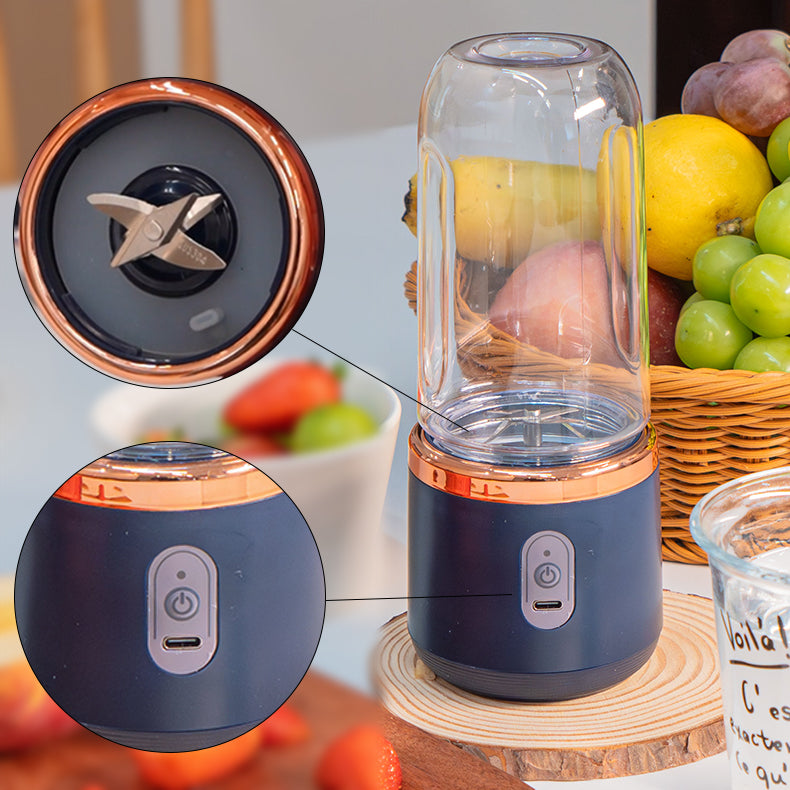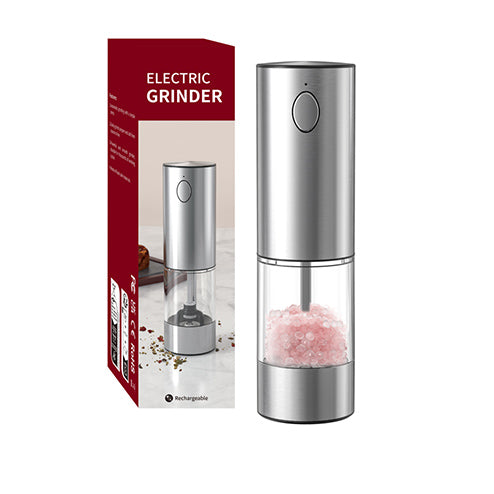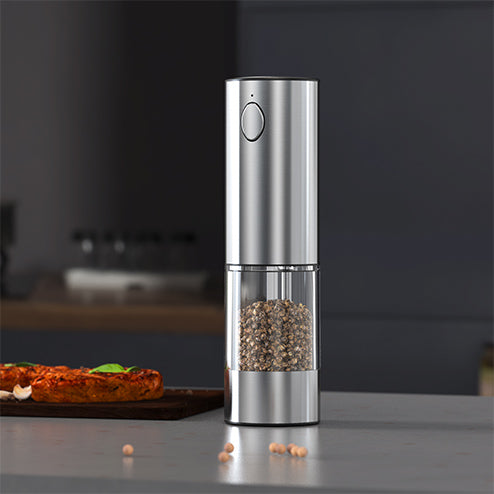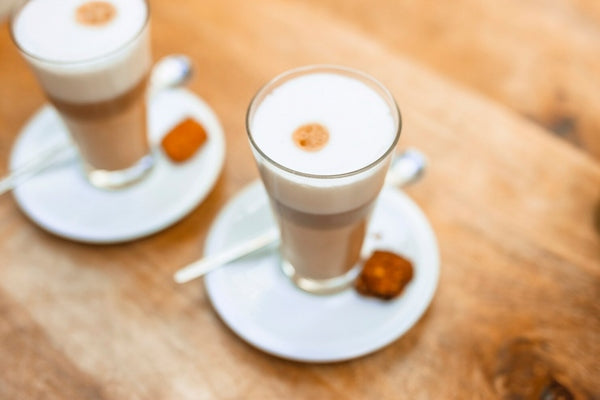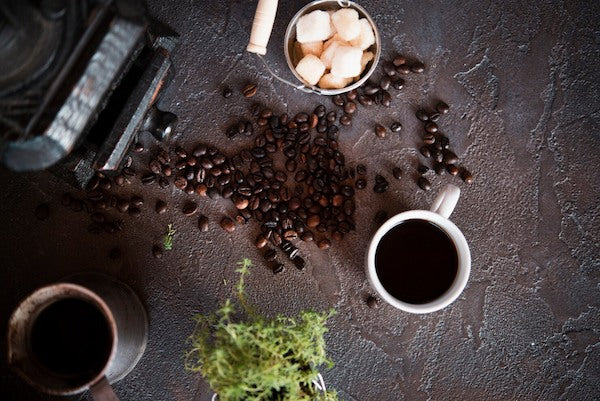Opening a bottle of wine promises relaxation and enjoyment, but what happens when you can't finish it and the cork goes missing? Without proper sealing, wine quickly oxidizes, losing its vibrant flavors and aromas. Luckily, there are several practical ways to preserve your wine even without a cork.
Whether you're savoring a luxurious Cabernet or a refreshing Pinot Grigio, mastering a few simple storage tricks can help you enjoy your favorite bottle for days after opening. In this article, let’s explore how to store wine without a cork and learn 6 smartest and easiest ways and expert tips to keep your wine fresh without a cork.

How to Store Wine Without a Cork: 6 Ways
So, can you save wine without a cork, and how to keep wine without a cork? If you find yourself without a cork, don’t panic. Here are six reliable methods to keep your wine enjoyable:
1. Use a Wine Stopper
A wine stopper is one of the easiest and most effective solutions when the original cork is unavailable. These stoppers are specifically designed to fit snugly in a bottle's neck, creating an airtight seal that significantly limits oxygen exposure — the main enemy of fresh wine.
How to do it:
Insert the wine stopper firmly into the bottle opening. Choose a stopper with multiple flanges for a tighter seal, ensuring minimal air contact. For an all-in-one solution, check out the SCHWUA Wine Opener Set, including both an electric opener and a wine stopper to extract air and create a tight seal for preserving your wine flavor and quality.

2. Invest in a Vacuum Seal
Another way to seal wine bottle without a cork is using vacuum sealers, which can suck excess air out of the wine bottle to create a near-vacuum environment. By reducing the oxygen inside the bottle, you can slow down the oxidation process and preserve the wine’s flavor and aroma for up to a week or longer.
How to do it:
Place the specially designed stopper into the bottle, then use the vacuum pump (often part of a good wine opener set) to extract the air until you feel resistance. Always store the sealed bottle upright and refrigerated.
3. Make a DIY Wine Stopper
In a pinch, you can fashion a makeshift stopper with common household items to reseal a wine bottle without the cork. While this method isn’t as effective for long-term storage, it works well enough for a day or two.
How to do it:
Stretch plastic wrap over the bottle’s opening and tightly secure it with a rubber band. For an even snugger fit, double up the plastic or add a second layer. This DIY method minimizes air exposure and buys you some extra time.
4. Transfer Wine to a Smaller Container
Reducing the surface area exposed to oxygen is key to preserving wine. Transferring your leftover wine to a smaller bottle or an airtight container reduces the amount of oxygen trapped inside, helping the wine stay fresher for longer.
How to do it:
Find a clean, small glass bottle (a small soda bottle works in a pinch). Pour the wine in until it reaches the very top to eliminate as much air as possible. Screw the cap on tightly and refrigerate.
5. Use Inert Gas Wine Preservation
Wondering how to save wine without a cork for serious wine lovers? Using an inert gas preservation system is the gold standard for many wine enthusiasts. Products containing argon gas displace oxygen by forming a protective layer over the wine without altering its flavor.
How to do it:
Spray a short burst of argon gas into the opened bottle, then seal it with a stopper or plastic wrap. Argon, being heavier than oxygen, settles directly on the wine, protecting it effectively for weeks.
6. Store Wine Upright in the Refrigerator
Even without any special tools, simply refrigerating your wine upright can significantly slow oxidation. Lower temperatures slow down chemical reactions, helping preserve the wine's character.
Tips for best results:
Always store wine bottles upright to minimize the surface area exposed to air. Remove the wine from the fridge about 30–45 minutes before serving if you prefer drinking it at room temperature.
Why Proper Storage Is Important for Wine
Now you know some best ways to store red wine after opening without a cork. As you know, proper wine storage after opening is essential because wine is extremely sensitive to oxygen, temperature fluctuations, and light exposure.
When wine meets air, it undergoes oxidation, which can quickly dull its flavors, flatten its aromas, and eventually spoil its color and taste. Without proper storage, even the finest wines can lose their quality within hours.
By following our ways to store wine without a cork and taking some practical tips, you can slow down this natural aging process and ensure every glass you pour tastes just as delightful as intended.

Expert Tips for Storing Open Wine
To enhance your wine preservation efforts, keep these professional tips in mind:
Seal immediately after pouring: Always reseal the bottle as soon as you've poured your glass. The less time wine spends exposed to air, the longer it will maintain its flavor and aroma.
Use clean containers: If transferring wine to a smaller bottle, make sure the container is thoroughly cleaned and sanitized. Even small traces of contaminants can spoil wine quickly.
Prioritize drinking lighter wines first: Lighter wines like Pinot Noir or Sauvignon Blanc oxidize faster than full-bodied reds or fortified wines. Plan to finish these within a day or two.
Consider portioning: Right after opening, portion leftover wine into smaller airtight containers to minimize oxygen exposure.
Avoid direct light: Sunlight and even strong indoor lighting can accelerate chemical reactions in wine, leading to flavor loss. Always store your wine in a dark place or inside a wine fridge if possible.
Maintain consistent temperatures: Sudden temperature changes can harm wine quality, so always store opened bottles in a consistently cool environment.
Conclusion
Now you know how to reseal a wine bottle and store wine without a cork. Storing wine without a cork doesn’t have to be complicated. Whether you opt for a wine stopper, vacuum seal, DIY method, or an inert gas system, preserving wine's quality is completely achievable with a few thoughtful steps. Always aim to limit air exposure, keep your wine cool, and protect it from light. By mastering these techniques, you'll waste less and savor more, glass after glass.

